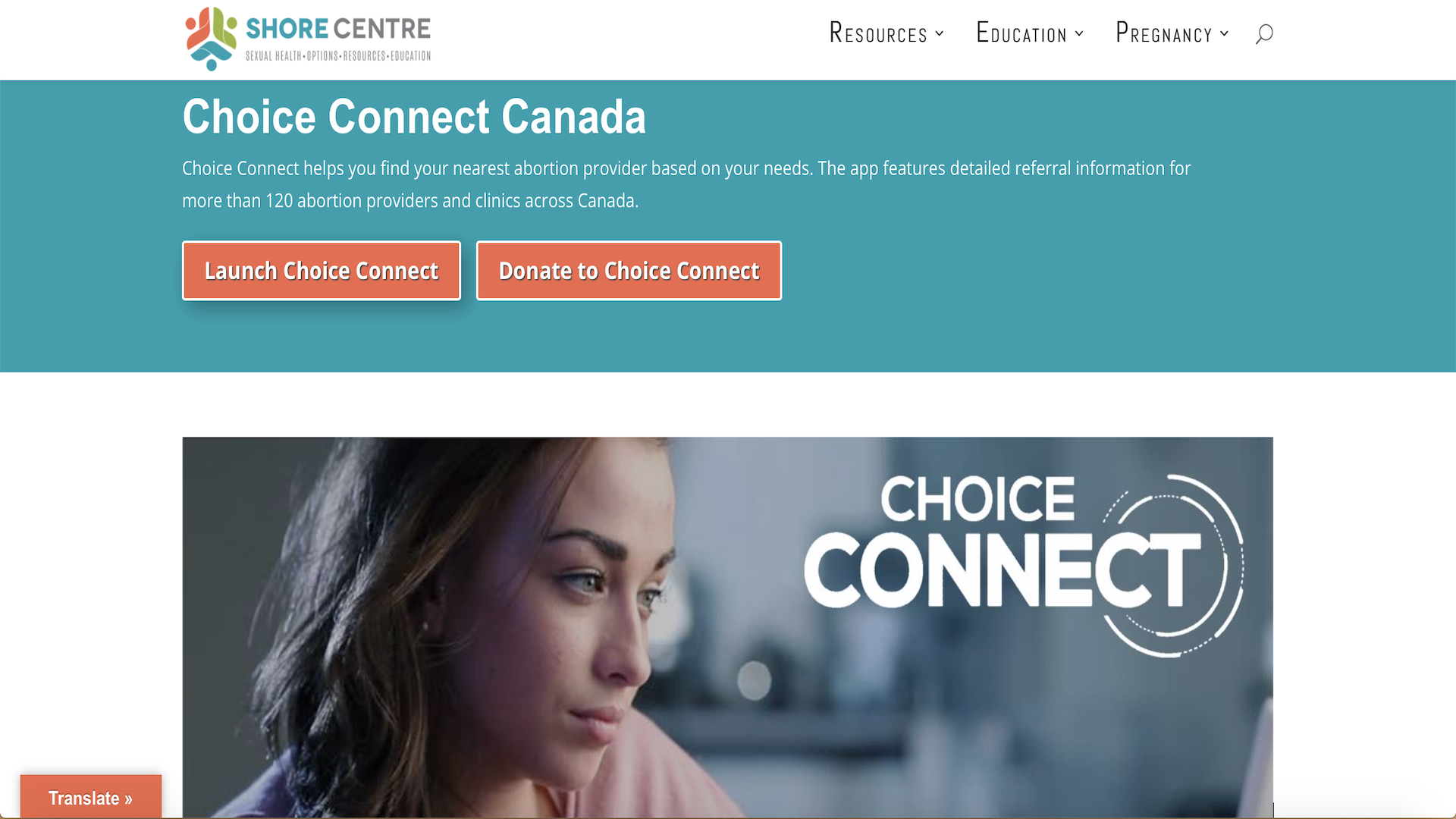Good design is accessible design.
That seems obvious, but if it’s not, check out the latest Zeitspace session, The Good, The Bad, and The Ugly of Web Accessibility, where a team of Zeitspace designers and developers will give you the tools you need to beef up your accessibility skills.
Not a designer or a developer? Not a problem. The free session on Feb. 25 is for anyone interested in learning more about accessible design and development. (You can sign up until Feb. 24.)
But both developers and designers specifically will come away with a shared understanding of how to champion accessibility in their respective roles, says Zeitspace UX designer Megan Pollock. She organized the session with developers Amy Colford and Peter Spenler, along with designer Matthew Reynolds.
“Both sides have different but important responsibilities when it comes to building accessible products,” says Pollock.
Designers consider font size and colours, for example, but have less control over whether an app is keyboard accessible, she says.
“People need to be aware of what falls under that accessibility umbrella and which pieces they can control and champion and which pieces they can expect someone else to champion and how to communicate that back and forth,” says Pollock.
Zeitspace is interested in accessibility. And we’re not alone.
About 6.2 million Canadians aged 15 and over report having at least one disability. Globally, 15 per cent of the world’s population experiences some form of disability. Products designed with accessibility in mind are easier for everyone to use and there are even examples of how it leads to innovation in tech.
Technology has made life easier for people who are blind. Voice-activated speakers, such as Alexa, mean that people who are blind or partially sighted can navigate technology just by talking to it. And in Canada, the CNIB has launched a campaign called Phone It Forward to get people to donate their old smartphones to help those who are visually impaired.
There’s also a compelling business case for making your website accessible: In many jurisdictions it’s a legal requirement.
For example, in January 2021 it’ll be the law in Ontario. Under the Accessibility for Ontarians with Disabilities Act, websites for any organization with more than 50 employees must meet Level AA standards for Web Content Accessibility Guidelines (WCAG). Organizations that don’t meet the standard could face fines of up to $100,000 a day.
Internationally, the World Wide Web Consortium, which develops web standards that make the web work for everyone, says digital accessibility can drive innovation, enhance an organization’s brand, extend its market reach, and minimize legal risk as many countries now have laws requiring digital accessibility as well.
Though accessibility is a broad topic, the Zeitspace session will focus on the basics so that participants have the tools they need to hit the WCAG guidelines.
The Zeitspace team put together hands-on activities that tie into the theme of the workshop and directly relate to accessible design: You have to start thinking about accessible design from the outset so that it’ll run through your entire process. That exercise is applicable to developers, designers, and stakeholders, says Reynolds.
“This isn’t a designer-only thing, or a developer-only thing,” he says. “This is something that needs to be baked into the entire product development process.”





